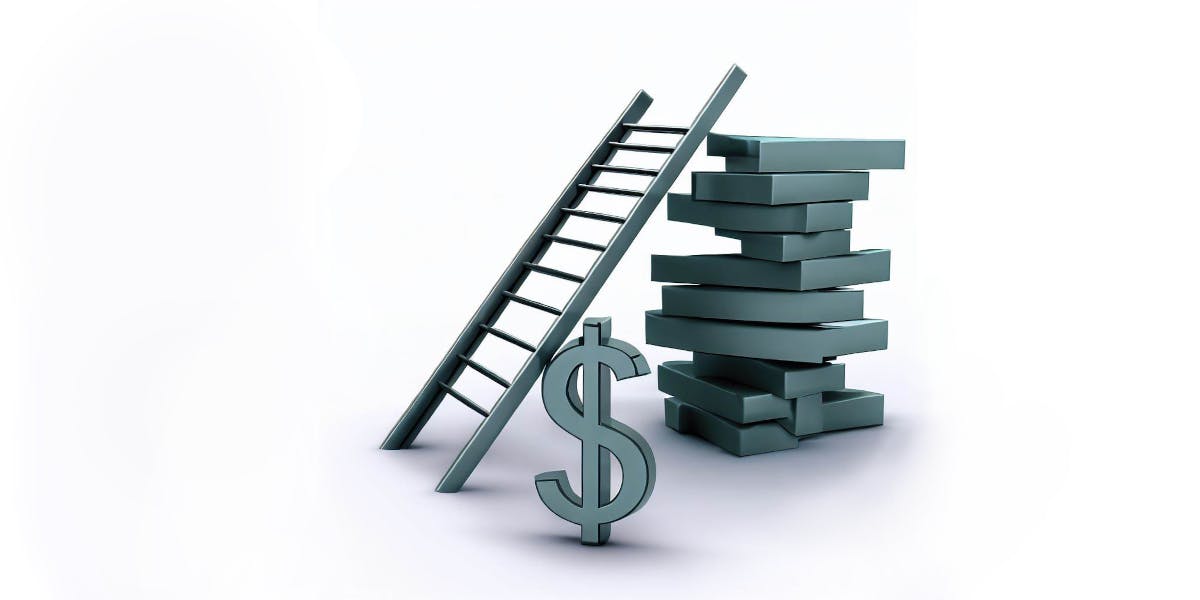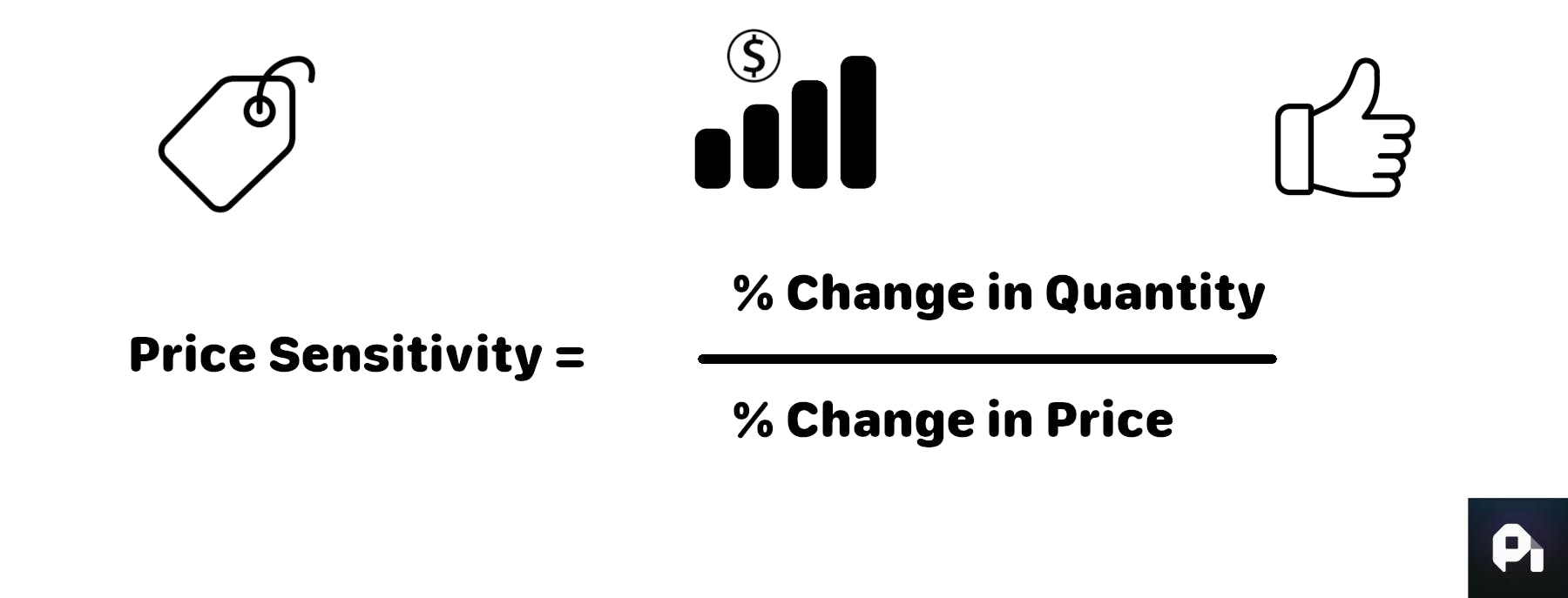Part of my job here at Price Intelligently is to chat with companies about improving their pricing strategies (sign up here if you ever want to chat). During these conversations, I’m always curious about the pricing sensitivity analysis process that companies go through to determine their prices. Astoundingly, most of the CEOs I talk to say they simply pulled their price points out of thin air with little to no market or customer research.
Pricing is too important to be relegated to an afterthought, especially when you consider the fact that Harvard Business School researchers have shown that a 1% improvement in your pricing can generate up to an 11% increase in your profits. This makes it the single-most powerful profit lever you can control. More importantly though, pricing is the culmination of all of the value you’ve created in your business through your product, marketing, sales, and customer service efforts. You absolutely cannot afford to shortchange yourself and your product by choosing price points supported by nothing more than a gut feeling.
That’s great and all, but what should you do to take advantage of pricing? Well, the short answer is - you need to understand your price sensitive customers. Let’s discuss the concept and then offer you two methods you can utilize to understand your product’s specific price sensitivity.
What Is Price Sensitivity?
Price sensitivity is a measure of the impact of price points on consumer purchasing behaviors. In other words, price sensitivity measures the percentage of sales you will lose or gain at any particular price point relative to another lower or higher price point. This means a thorough understanding of your product’s price sensitivity will help you uncover your revenue maximizing price band as well as the impact of pricing changes on your sales numbers.

Why Is Price Sensitivity Important?
Your product’s price sensitivity will also help you determine the amount of value you’re creating in your product by revealing your customer’s willingness to pay. It translates value from an ambiguous buzzword into a quantifiable metric that you can optimize for and improve when you implement price changes. Without an understanding of how price sensitive your product is, you have no way of knowing whether or not your product development efforts are yielding an augmented product value (i.e. if customers are really interested in the features you’re creating).
Keep in mind though, despite what many people think your product’s price sensitivity is not a synonym for your pricing strategy. Like a three-legged stool, your pricing strategy needs strong support from positioning, packaging, and pricing to be effective, so be sure to focus on all of those facets equally when developing your pricing strategy.
How Do You Measure Your Price Sensitivity?
The key to success when measuring price sensitivity is to have a deep understanding of your target market and buyer personas. Each of your buyer personas will perceive the value of your product differently and that means each cohort will have a different price sensitivity. The lowest price that one simulated customer is willing to pay may be much higher than another one. As a result, you need to measure the price sensitivity of each of your market segments independently. Breaking down the data you collect makes it representative of the nuances of your market, instead of a non-representative average of all market segments. By understanding the level of sensitivity of your customer base, you can predict the effect of a price increase on sales volume and ultimately find the optimal price point.
Once you’ve segmented your target market, the next step is to pick a methodology that goes beyond simply asking people “What would you pay for product X”. Cognitively, it’s near impossible for people to accurately gauge their own willingness to pay, which is why researchers have invented techniques to circumvent this mental block. Two of the most popular techniques for measuring price sensitivity are price laddering and the Van Westendorp Price Sensitivity meter.
1. Price Laddering
Price Laddering involves asking potential customers about their intent to purchase a particular product at a particular price, usually ranked on a scale of 1 to 10. If the respondent’s intent to purchase response is below a particular threshold (usually 8), then the price is lowered and the respondent is asked about their intent to purchase again. This process can theoretically be continued indefinitely. In practice, respondents are only asked about a maximum of three price points to avoid excessive response bias. The results are then analyzed to determine the percentage of the market that would purchase at any given price.
The beauty of Price Laddering lies in the fact that survey respondents don’t need to propose a price point themselves. Instead, they simply need to match their intent to a sliding scale, which makes the survey simple to complete.
Unfortunately, the simplicity of price laddering can also be its downfall. When respondents are asked about their purchase intentions at successively lower price points it’s easy for them to treat the survey as a negotiation and that can bias your data. Using price laddering also means that not all respondents will add insight to your pricing research efforts as some may refuse to purchase at any of the price points you offer. These drawbacks imply that an effective and statistically significant price laddering campaign usually requires a large number of survey respondents.If you have a large customer base already then gathering respondents is easy, if not then the price laddering approach may not be feasible.

2. Van Westendorp's Price Sensitivity Meter
Van Westendorp’s Price Sensitivity Meter tackles the problem of measuring price sensitivity by surveying people about their willingness to pay in ranges. Each respondent in the survey is asked four questions:
- At what price would you consider the product to be so expensive that you would not consider buying it? (Too expensive)
- At what price would you consider the product to be priced so low that you would feel the quality couldn’t be very good? (Too cheap)
- At what price would you consider the product starting to get expensive, so that it is not out of the question, but you would have to give some thought to buying it? (Expensive/High Side)
- At what price would you consider the product to be a bargain—a great buy for the money? (Cheap/Good Value)
Van Westendorp offers a distinct advantage in efficiency when determining price sensitivity for relatively new products. Each respondent in a Van Westendorp survey will provide additional insight into your product’s price sensitivity. The additional insight accelerates your data collection process by reducing the required number of respondents. The price sensitivity meter is also the only method that figures in price points that are so cheap that customers begin to question the product’s quality. This makes results obtained from Van Westendorp much more thorough than the results obtained from price laddering.
Van Westendorp offers a distinct advantage in efficiency when determining price sensitivity for relatively new products. Each respondent in a Van Westendorp survey will provide additional insight into your product’s price sensitivity, which accelerates your data collection process by reducing the required number of survey respondents. The price sensitivity meter is also the only method that figures in price points that are cheap to the point where customers begin to question the product’s quality. This makes results obtained from Van Westendorp much more thorough than the results obtained from price laddering.
The downside to Van Westendorp (VW) is that it can sometimes be confusing for companies to run and analyze. This is why we’ve built our software to streamline the process. We’ve added our own algorithms to the original process to improve on VW’s original method, we’ve automated the analysis, and are offering you a 30-day free trial to help you determine your own price sensitivity (shameless plug).

The Real Price Sensitivity Meaning - Pricing Is a Process
No matter your methodology, keep in mind that there is no silver bullet to determining product or consumer price sensitivity. The data you collect is inherently linked to people’s perceptions of value, which can vary dramatically from person to person and cohort to cohort. Instead, pricing research is a process of elimination. It’s all about hedging against the unknown to shed more light on your product’s true value.
Keep in mind that your learning and readings are only as valuable as their implementation. This is why pricing is a process and should be treated as such.


